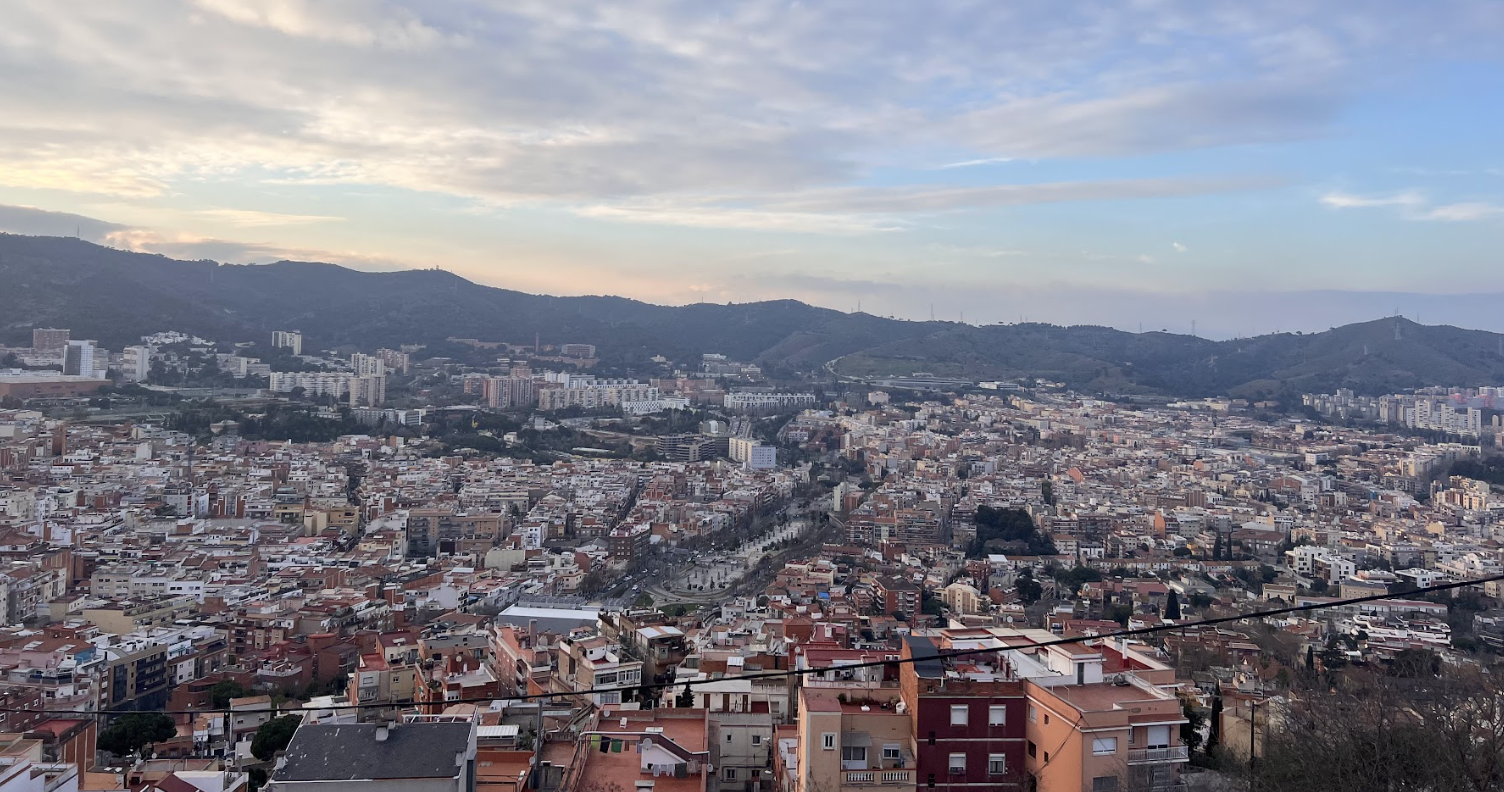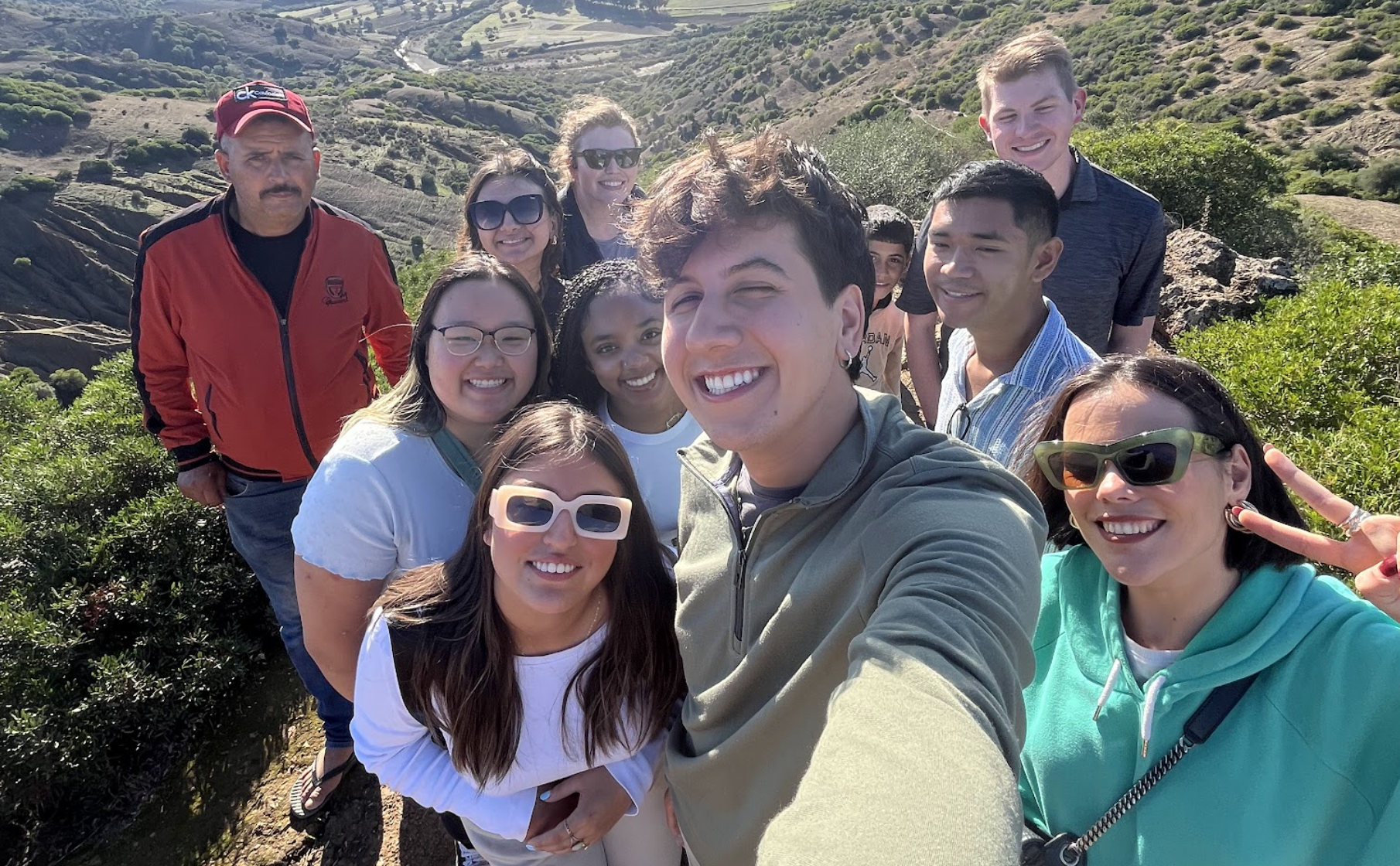By Tammy Matthews, Colorado State University
The powerful Gato del Raval (The Raval Cat) is provoking and arousing.

Colombian artist Fernando Botero‘s voluptuous sculpture serves as both a jungle gym and a statement on what is attractive or satirical. To me, I see strength and muscle, but I spoke to many others who did not recognize this beauty.

The Barcelona City Council purchased the huge black cat with bell (also know as El Gato de Botero) in 1987. For years, it wandered through Barcelona: from Parc de la Ciutadella near the Barcelona Zoo to the Olympic Stadium and then to a square behind Barcelona’s medieval shipyards. In 2003, the sculpture found a permanent home in the newly established Rambla del Raval. Since then, it became an integral part of one of Barcelona’s widely redeveloped areas.
The city’s most infamous and misunderstood neighborhood, Raval breads intrigue and controversy, which is suited to house the gato monument that is a statement of vast proportions.
What was once considered a contentious space, Raval has become the new fashion district for artists and students. The Museu d’Art Contemporani de Barcelona (MACBA) — famous to both art enthusiasts and skateboarders — is also in this eclectic, multicultural and vibrant neighborhood.

Botero’s cat was created in the same style as the curvaceous, Trojan-style horse that has stood in Terminal 2B of Barcelona Airport since 1992. The artist’s entire body of work depicts figures of exaggerated volume. Botero, who was born in Colombia in 1932, trained to be a bullfighter before he discovered his artistic fervor. In the 1950s, he studied at the Academia de Arte de San Fernando in Madrid before relocating to New York wherein he matured his style. He moved to Paris in 1973, and, there, he began building his brawny sculptures.
A trip to Barcelona isn’t complete without a stop by Raval to pet the kitty. Find it and its nearby train stations on the map below.




